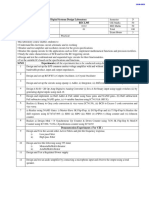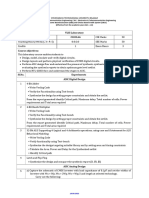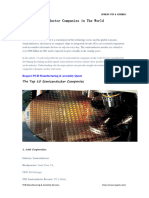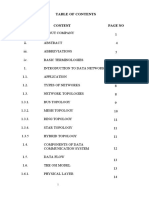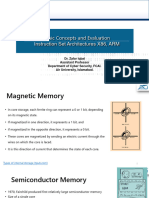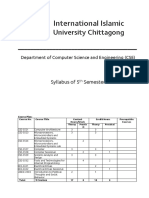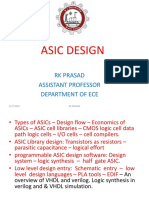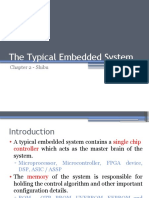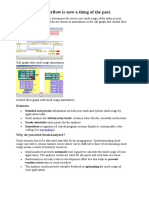0% found this document useful (0 votes)
13 views3 pagesMicroprocessor Lab
The document outlines the Microprocessor Lab course for B.E. in Electronics and Communication Engineering at Navodaya Institute of Technology, detailing objectives, experiments, assessment criteria, and resources. Students will learn to perform arithmetic operations, manipulate data, and interface devices using 8085 and 8086 microprocessors. The evaluation comprises Continuous Internal Evaluation (CIE) and Semester End Examination (SEE), each contributing 50% to the final grade.
Uploaded by
madhuriCopyright
© © All Rights Reserved
We take content rights seriously. If you suspect this is your content, claim it here.
Available Formats
Download as PDF, TXT or read online on Scribd
0% found this document useful (0 votes)
13 views3 pagesMicroprocessor Lab
The document outlines the Microprocessor Lab course for B.E. in Electronics and Communication Engineering at Navodaya Institute of Technology, detailing objectives, experiments, assessment criteria, and resources. Students will learn to perform arithmetic operations, manipulate data, and interface devices using 8085 and 8086 microprocessors. The evaluation comprises Continuous Internal Evaluation (CIE) and Semester End Examination (SEE), each contributing 50% to the final grade.
Uploaded by
madhuriCopyright
© © All Rights Reserved
We take content rights seriously. If you suspect this is your content, claim it here.
Available Formats
Download as PDF, TXT or read online on Scribd
/ 3

